Embarking on the journey of starting your first aquarium can be a daunting task, but fear not! With a solid understanding of the basic necessities and their functions, you’ll soon be well-equipped to create a thriving freshwater tank. Whether you’re envisioning a tranquil underwater oasis or a bustling community of aquatic life, the key lies in selecting the right equipment tailored to your needs.

Typically, the type of your future pet fish plays a major role in what you would need for your new freshwater tank.
Furthermore, the aquarium setup will greatly depend on your vision of it and your aesthetic preferences. However, there’s some essential equipment you can’t skip if you’re setting up a running fish tank in your home.
Even a small tank such as the 10-gallon one can’t really function without something like a filter.
For this reason, I’ve put together this checklist to guide beginners through what aquarium supplies would match their needs best.
So let’s dive in!
What equipment do you need for a freshwater fish tank setup?
When discussing what is needed for your new fish tank, you first need to decide what freshwater fish species and plants you want to look after.
To keep any pet fish means to be closely familiar with its care requirements:
- Preferred water temperature;
- Whether or not the fish is a schooling species and if it should be kept in groups;
- Temperament and aggression levels;
- Whether the fish is carnivorous, herbivorous or omnivorous;
- How large and how fast the fish grows;
- Water ph.
Most fish would also need some hiding spots within their home tank, which is where they would reside if stressed.
Even though it may not appear so at first, living in a bare-bottom aquarium can be very stressful to pet fish. Hiding spots that will keep the stress levels of your fish low can be created with aquatic plants and decorative pieces.
Any other starting necessities I’m about to list are what will support your new fish to stay alive and thrive in your aquarium.
Here’s a checklist of what you need to set up a freshwater fish tank:
1. A tank with an appropriate size

You should research the basic living conditions of your new pets and choose the most appropriate aquarium size and dimensions for them. Some popular species like the Plecostomus grow relatively big and can be misleading with their young size, so they need a lot of living space.
Other fish species would need to be kept in groups to form a social hierarchy and are very active swimmers. Keeping such fish in a tank that is too small will like have a negative impact on their well-being.
Furthermore, you should keep in mind that it’s harder to maintain smaller aquariums. Deadly compounds such as Ammonia accumulate a lot quicker in a smaller water volume, which can be detrimental for your aquatic pets if not managed timely.
Author’s note: Most beginners in the hobby choose to start out with a Betta fish. If you’re one of them, do some research on what’s the minimum recommended size for a tank with a Betta.
2. Water conditioning chemicals
Once you’ve chosen a tank in accordance with your final vision, you’ll need to fill the system with the right type of water.
Using tap water is fine but it needs to be conditioned before putting it in the tank with live fish.
That’s because water from the tap can contain some compounds that may be harmful to your new pets.
If you decide to use tap water for your fish tank – don’t worry – you’re not an exception.
Most people with freshwater aquariums use water from the tap in their systems. So before setting up your aquarium to be up and running you’d need to stock on water conditioner.
Anyway, water conditioning chemicals basically remove chlorine and chloramine from your tap water.
Chloramine and Chlorine are used by water facilities for disinfection, but they’re harmful to both the fish and the beneficial bacteria in your aquarium.
Using popular water conditioners such as this one before putting the new water in your tank will neutralize the compounds. You could also wait for Chlorine and Chloramine to de-gass naturally, but that takes a bit too long and is not practical.
3. Bottled nitrifying bacteria

Even though you’ll need to use the bottled nitrifying bacteria after setting up everything else, I deliberately put it high on this checklist.
That’s because you’ll need to wait for beneficial bacteria to establish themselves before stocking your tank with live fish.
Many beginners make the mistake of putting fish in their new aquarium too early. If the aquarium doesn’t have a functional colony of beneficial bacteria all of the fish end up dead in a couple of days.
Here’s how beneficial bacteria keep the pet fish in your fish tank alive:
- The organic waste from fish waste, food leftovers, and decaying plant matter in the aquarium water turns into ammonia and nitrite. These substances are toxic to your aquatic pets.
- The beneficial bacteria in the tank turn Ammonia and Nitrite into Nitrate almost instantaneously.
- The Nitrate that is left is relatively harmless to fish if it doesn’t build up to large quantities over time. Its levels are maintained within a healthy range through regular aquarium maintenance and water changes.
This whole process is called the Nitrogen cycle. An aquarium that doesn’t have an established Nitrogen cycle cannot support live fish.
So before putting live fish in your new tank you’d need to “cycle” it.
There are different approaches to cycling an aquarium.
Through my experience, I’ve found that adding bottled nitrifying bacteria to my tanks is the best way to kickstart their Nitrogen cycle.
Adding this type of product will help with the establishment of an effective biofilter more quickly. If you decide to do it without bottled bacteria, the process can take up to 2 months.
To help you out, I’ve put together a guide on the best aquarium bacteria starters. In it, I’ve only listed products with a proven track record of effectiveness.
For starting a freshwater fish tank, I recommend using either API Quick Start or Tetra SafeStart Plus.
Related Post: Api Quick Start vs. Tetra Safe Start – Which One to Choose?
4. A water test kit
One of the most important necessities for a new aquarium is a water test kit.
Water test kits allow you to monitor the ammonia, nitrite, and nitrate levels, as well as the water’s pH. Testing the water parameters regularly is essential for ensuring your pet fish live in a safe environment.
The test kit will show the results in Parts Per Million or PPM in short.
Here’s what the readings of a working Nitrogen Cycle look like in an aquarium:
- 0 PPM of Ammonia;
- 0 PPM of Nitrite;
- 10 or more PPM of Nitrate.
The values should be at these levels simultaneously and should remain stable.
At that point, you will be able to safely add your new freshwater fish to the aquarium.
Furthermore, by monitoring the pH level, you’re making sure that it’s within an adequate range for the fish species and plants you’re looking after.
Author’s note: Liquid test kits are more accurate than dipsticks. Since every point of PPM in ammonia or nitrite can be detrimental to your freshwater fish you really want to measure them accurately. There is more than one brand out there but I strongly recommend using API’s Master Liquid Test Kit. Visit the link to see the version for freshwater aquariums on Amazon.
5. A filter

A filter is a staple equipment piece for any fish tank. Aquarium filters can trap debris (mechanical filtration), keep your water free of toxins (chemical filtration), and promote the ongoing Nitrogen Cycle (biological filtration).
Although a fish can safely go for about 3 days without a working filter in its aquarium it’s not a good idea to push it past that.
And before you ask – yes, even small Betta aquariums need to have a filter.
Anyway, aquarium filters also provide water movement and surface agitation that keeps the water well-oxygenated through what’s known as gas exchange.
There are actually different types of aquarium filters, which can be a bit intimidating for beginner aquarists.
Several things are worth considering when choosing the best filter for your fish tank:
- Aquarium size and dimensions. When opting for the right filter, you need to take into consideration the gallon capacity of your fish tank. For smaller 10-gallon or 15-gallon aquariums getting a sponge filter or a HOB filter (Hang-On-Back) works quite well. For larger fish tanks with a capacity of 20 or more gallons, I recommend getting a canister filter or multiple HOB ones, depending on how stocked the tank is with fish. For some help with that, you can check out my comprehensive guide on what canister filters are best according to the gallon capacity of an aquarium. In that post, you’ll find tips for choosing the most appropriate equipment piece for your particular setup.
- Livestock. If you’re planning to keep a community tank with a lot of aquatic pets, you should get a filter with the highest water turnover possible. Furthermore, you should evaluate the fish species you’ll keep and their key traits. For example, long-finned fish such as Bettas would get exhausted from swimming in a stronger current, created by the filter. I have a dedicated post about the 10 best Betta tanks and kits but do make sure to read its guide sections.
A few tips: If you end up keeping some of the smallest aquarium fish know that they and their fry may get sucked in a stronger filter. On the other hand, some fish, such as Goldfish, African Cichlids, and Plecos are quite messy and need a filter with a higher turnover to maintain their tank’s water pristine.
Maybe Read Next: A list of the best aquarium canister filters
- Aquatic plants. If you’re planning on keeping floating plants in your aquarium, you should know that some of them don’t thrive in active currents. Furthermore, the water turbulence that comes with hang-on-back filters would create too much surface agitation for such species. This would move around the surface plants, or stack them in a corner, which isn’t ideal.
- Noise. Some fish tank filters can get a bit too noisy, which can sometimes get annoying. You can check out my article on the quietest aquarium filters , to find the equipment piece that matches your needs best.
6. A heater

When discussing the must-have accessories for setting up your first fish tank, we can’t leave the heater out of our list.
A heater maintains water temperature within the desired range, which is essential for your pet fish. If you are to keep a tropical fish tank, your setup needs a heater to be complete.
Generally, the water temperature in such aquarium setups should be maintained within the range of 75°F to 80°F (23.9°C to 26.7°C).
Tropical fish species such as Betta fish and guppies won’t survive long-term without a heater.
Author’s note: Though some heaters come with digital temperature displays it’s best that you also get a separate thermometer to monitor the water’s temperature. Thermometers are cheap by any standards. Don’t forget to calibrate the thermometers before use.
Anyway, if you’re starting a small tank, you may find my guide on aquarium heaters for nano tanks useful. Also, it’s worth noting that some fish species do well in tanks without an aquarium heater.
If you’re setting up cold water or a subtropical aquarium a heater may not be necessary, depending on your local climate.
With that being said, dramatic water temperature fluctuations may hinder the immune system of aquarium fish. If the temperature of your fish tank room falls too low at night, you may want to get a heater to provide a stable environment for your fish.
In other words, the aquarium heater can be a necessity even when it comes to cold water aquariums.
7. An Aquarium Thermometer
Many people overlook the importance of having an actual thermometer in their fish tank.
Some even insist that a thermometer is not an actual necessity for a functioning aquarium but my experience says otherwise.
Even if your heater has a built-in thermometer you should always have a separate one to compare readings.
Given how bouncing water temperatures are one of the main culprits behind mysterious fish illnesses, you’d want to have an independent thermometer in your tank at all times.
Author’s note: Don’t forget to calibrate your aquarium thermometer.
You do that by placing the thermometer in ice and water and checking if it will show exactly 32 °F or 0 °C (the temperature of freezing water). This will tell you how accurate its readings are and if you should add or subtract degrees to find out the real water temperature in your aquarium.
8. Substrate – Kind of optional
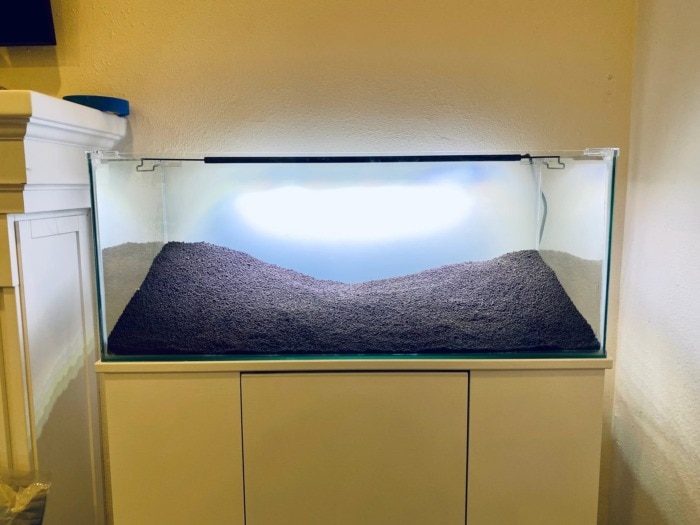
Apart from contributing to the aesthetics of your aquarium, the substrate is an essential aquarium supply if you’re starting a planted tank. Furthermore, some aquatic inhabitants need substrate as part of the environment to feel comfortable and safe.
Such fish are various small plecos that would gladly bury themselves in the sand bed, keeping it clean and aerated. Most freshwater eel-look alikes would actually require having some sort of sand or small gravel in their setup. Moreover, some species of small aquatic snails would love to hide in the substrate during the day and crawl out at night time.
Author’s note: Beneficial bacteria would use the substrate’s surface to establish their colonies there. Aquariums with substrates can harbor way more nitrifying bacteria than a bare-bottom tank. That’s because substrates are usually porous, which provides more living space for the bacteria.
Anyway, there are, in fact, different types of aquarium substrates.
Most beginners prefer to start with something like gravel, but you can also use some cool Black Diamond Sand. And to get ahead of your arising question – here’s how much gravel substrate you’d need according to your tank’s dimensions.
9. Lights
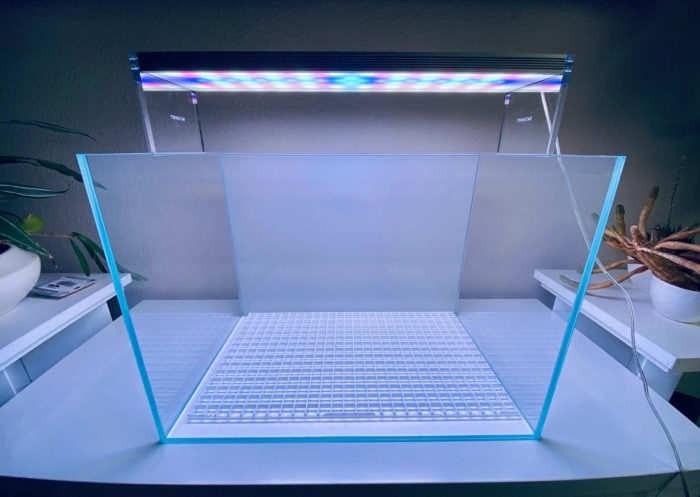
Lighting is undoubtedly a very important equipment piece for an aquarium system.
Lights have three main functions in an aquarium:
- Helping with the sleep cycle of your pet fish;
- Growing aquatic plants;
- Improving the fish tank’s aesthetics.
Choosing the right aquarium lighting will support plant growth and help you realize your desired aquascape. Furthermore, aquarium lights will enhance the appearance of your fish tank.
You will be able to see your pet fish better and enjoy the view of the beautiful aquatic scenery you’ve created. There are, in fact, different types of aquarium lights that vary in their characteristics, including size and price.
While fluorescent bulbs are less expensive, I recommend investing in trustworthy LED lighting. LED lights are among the best choices for growing aquatic plants in a tank.
10. An airstone – Optional
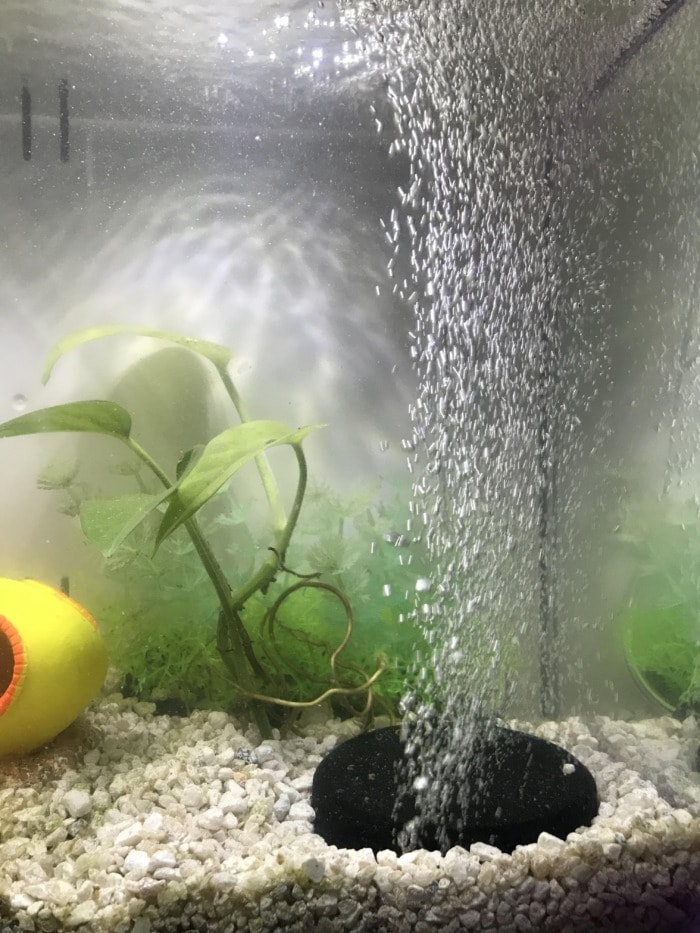
Even though most fish species don’t breathe atmospheric air, they need oxygen in their water to survive.
Therefore it’s essential to make sure that the water in your fish tank is well-oxygenated.
An airstone will create small air bubbles in the water column, providing the necessary oxygen to your pet fish.
Furthermore, a good aquarium bubbler creates an intriguing visual effect that many aquarists find appealing.
Typically, an aquarium filter that moves the water’s surface can be sufficient in providing enough oxygen for your aquatic pets and plants, but not always.
In some cases, you may need to add an airstone with an air pump to the tank. Examples would be if you notice your pet fish getting too lethargic or spending too much time gasping at the surface of the tank.
11. Decorations – Kind of Optional
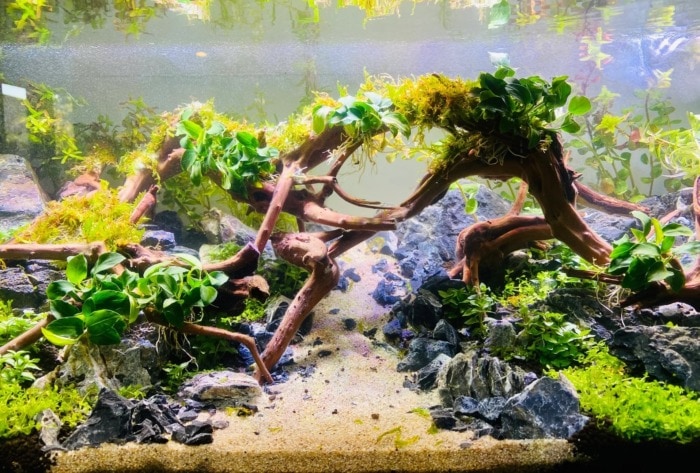
Adding decorations to your new fish tank doesn’t only contribute to its aesthetics. By strategically organizing decorative pieces, you can recreate the natural environment of the fish species you look after.
Pet fish that live in a replica of their natural environment will likely feel more comfortable and happy. For example, Betta fish feel cozy and safe when there are a lot of hiding spots created with ornamental caves, and driftwood, and live plants.
Adding such ornaments and decorations will keep the stress levels of your fish as low as possible.
Fish that live a low-stress life have a better chance of reaching their full potential lifespan. Lower stress levels also have a positive impact on the coloration and appearance of your fish.
The colors of freshwater fish that feel cozy and happy are much more vibrant and beautiful. And if you’ve decided to keep one of the many super colorful fish in the aquarium hobby you don’t want to miss on their beauty.
Anyway, this is the reason I included aquarium decorations in this setup checklist.
They indirectly help with keeping your fish in better shape.
12. CO2 injection system – Optional for planted aquarium setups
If you want to set up a beautiful planted aquarium you’d want to supplement it with CO2 (Carbon Dioxide) through a CO2 injection system.
Carbon Dioxide is part of photosynthesis and more of it in the tank benefits the aquatic plants inside.
The plants in the aquarium will grow faster, denser and with more lush colors if supplied with CO2.
Obviously, you could have plants in your aquarium without a CO2 injection system.
Your fish tank will still greatly benefit from them, both visually and as a closed ecosystem.
In fact, experts recommend having some easy to look after plants in your aquarium, even if you’re a beginner. These are plants like Java Fern, Java Moss, Anacharis, and Anubis.
CO2 injection systems are optional for the people who’d like to keep something like an underwater garden.
If you’re ambitious and have some experience with gardening then supplying your planted tank with CO2 may be for you.
It’s not something really complicated to understand CO2 injection systems, you just need a CO2 tank and a CO2 regulator of some sort to slowly release the gas in the water.
Essentials for aquarium maintenance
There are some aquarium tools that you can’t overlook if you’d want to have an easier time with maintaining your new setup.
These are tools that help with cleaning the tank, changing old aquarium water, and handling new fish and other aquatic animals.
For optimal aquarium maintenance get these essential tools:
- A fish net – helps with transporting, relocating or removing fish.
- Substrate vacuum – helps with cleaning the substrate of uneaten food and fish waste. Can also help with water changes. The longer the siphon – the more convenient it will be.
- A 5-gallon bucket – helps with relocating old and new aquarium water.
- Algae scrubber – helps with physically scrubbing algae off of the tank’s glass and other surfaces.
What are some tank setup and fish ideas for a beginner?

I’ve have dedicated article about the best fish ideas for complete beginners which you should maybe check first. However, the possibilities with fish tank setups are countless.
You can choose to create a species-only planted aquarium where you let a large group of schooling fish dash back and forth synchronously.
You could also stock a small tank with various micro fish. Another option would be to set up a larger tank and fill it with different species of peaceful community fish.
Community tanks often have a big centerpiece specimen. One more idea would be to keep some of the more exotic-looking freshwater fish out there but do your research for each species.
And last but not least, you could be creative and keep only shark-like fish. My advice to a beginner would be to look into the hardy aquarium fish out there and pick one that they like for starters.
Read as much as you can about the species you chose and make sure to do so from trustworthy sources.
Maybe Read Next: Freshwater Fish Ideas for a 20-Gallon Tank
My closing thoughts
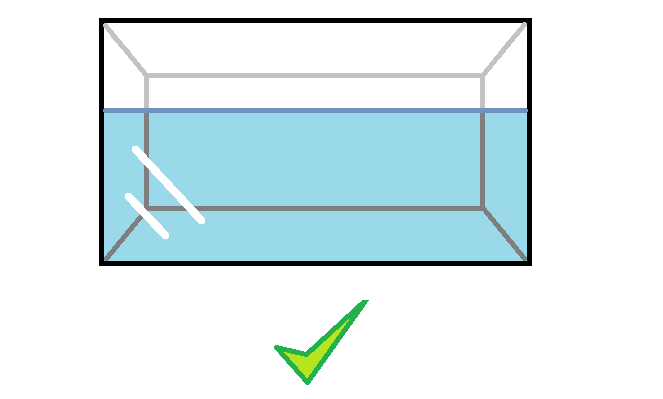
If you have questions about setting up your system, feel free to post them in the comment section.
Starting a freshwater fish tank is not that scary if you have a decent idea of what you’re doing.
For this reason, I made sure to give you the basic directions, along with the list of must-have equipment for your new home aquarium.
Anyway, good luck with the setup!
I assure you that fish keeping is quite rewarding and will bring you a lot of joy in the future.


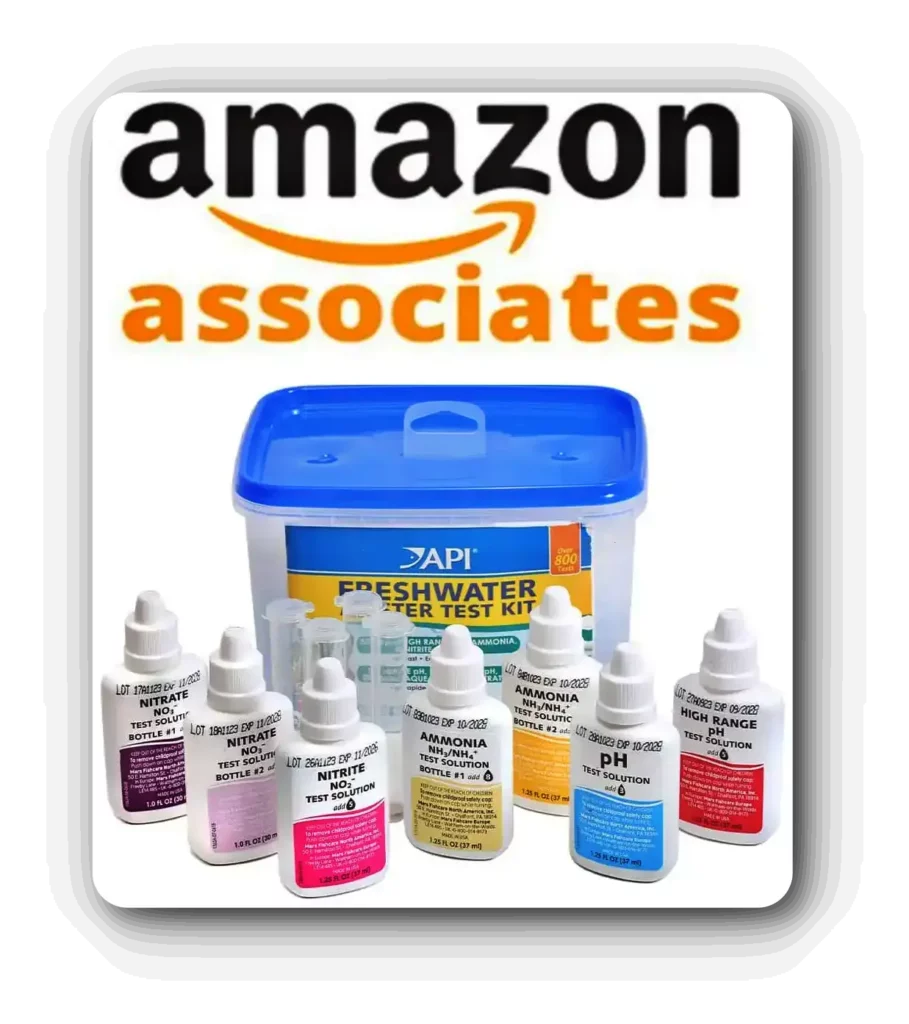
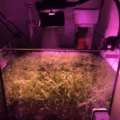
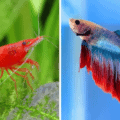


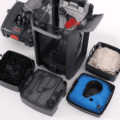
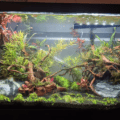

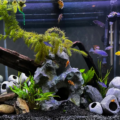
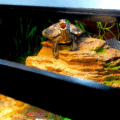

Please send me the checklist At my email address